Butternut risotto
The following risotto recipe is adapted from the wonderful cookery book, The Mediterranean Diet Cookbook, by Nancy Harmon Jenkins. She described having a golden pumpkin risotto in a restaurant in Mantua, Italy, on a late autumn day. She wrote that “the rice shimmered on the plate like a golden harvest moon”. This must have been some time in the 1970’s when the cuisine in small Italian restaurants still was quite local.
I have adapted her recipe for a modern risotto served with duck breast slices or a sliced steak as a main course. The colours will complement each other.
2 servings
2 handfuls of butternut cubes
120 ml risotto rice
½ medium onion, chopped
1 clove garlic, minced
2 tbsp. olive oil
150 ml white wine
500 ml chicken stock (you may not need it all)
A handful of freshly grated parmesan
Freshly ground black pepper
Heat the chicken stock to simmering and keep it warm while preparing the risotto.
In a heavy saucepan, cocotte, warm the olive oil over medium- low heat and gently sauté the onion and garlic until soft, about 5- 10 minutes. Add the butternut cubes and stir until well coated with oil. Cover and cook for about 10 minutes until the butternut is soft enough to be mashed with a fork to almost a purée.
Add the rice and stir to mix well. Increase the heat to medium and pour in half the wine. Keep stirring and as soon as the rice has absorbed the wine, add the rest. Then continue stirring and adding the chicken stock, ladle by ladle. The rice is done in about 25 minutes. It should be al dente, with a bit of a bite in the centre. The risotto should be thick enough to be eaten with a fork and the butternut sauce should be dense and brilliant yellow.
When the rice is done, remove the cocotte from heat and stir in the cheese and some black pepper. Divide the risotto on the plates and surround with duck breast or steak slices.


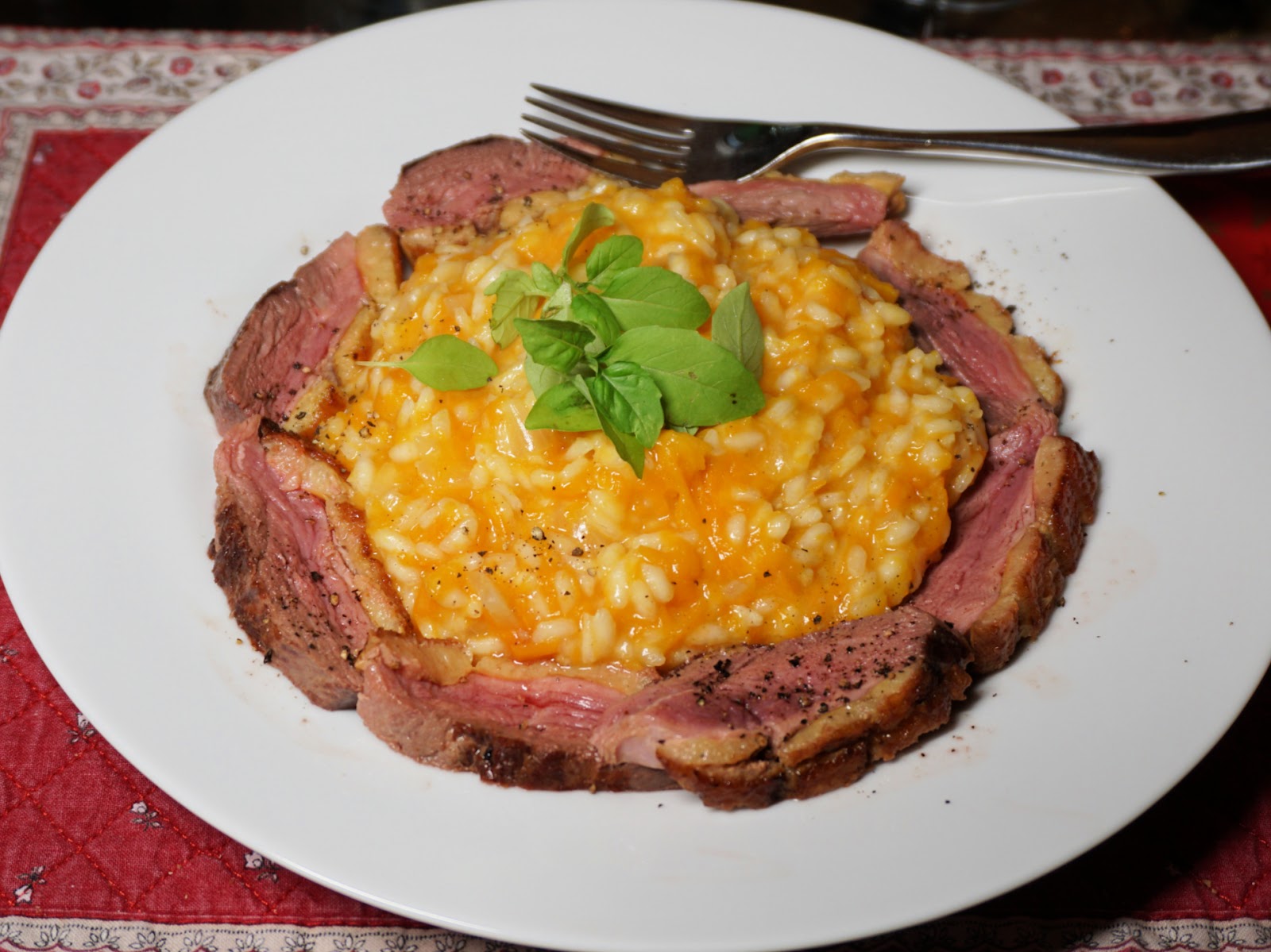














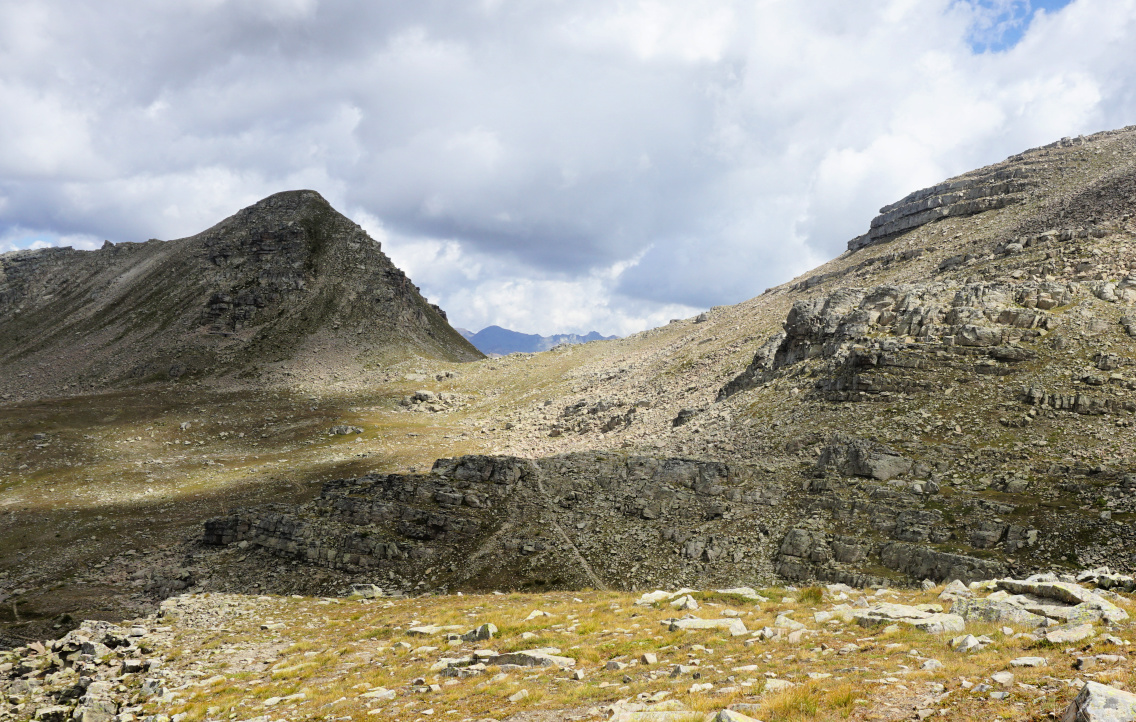


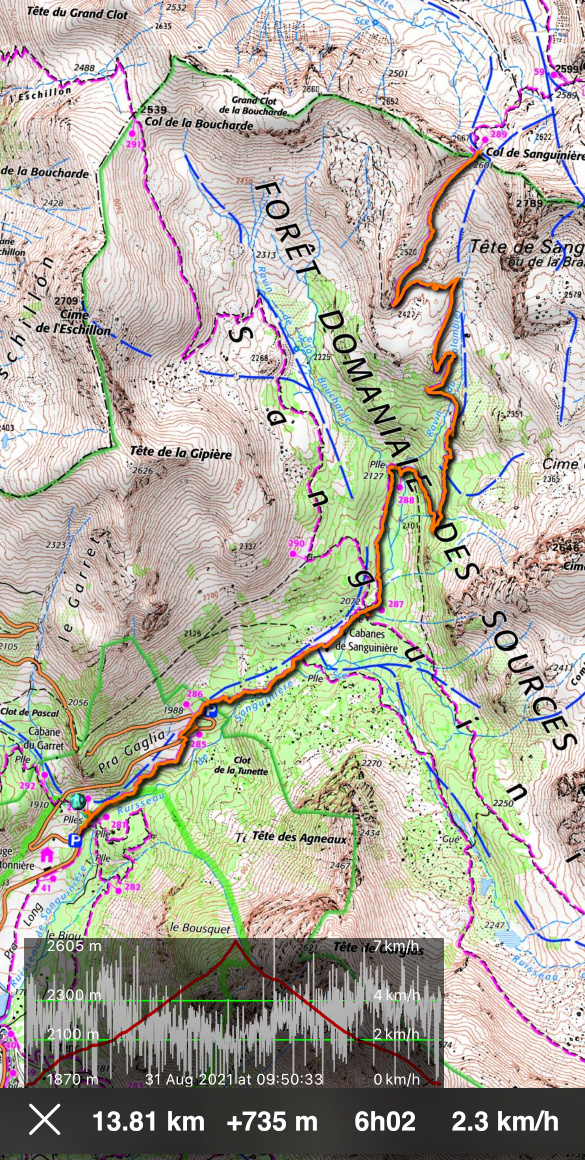

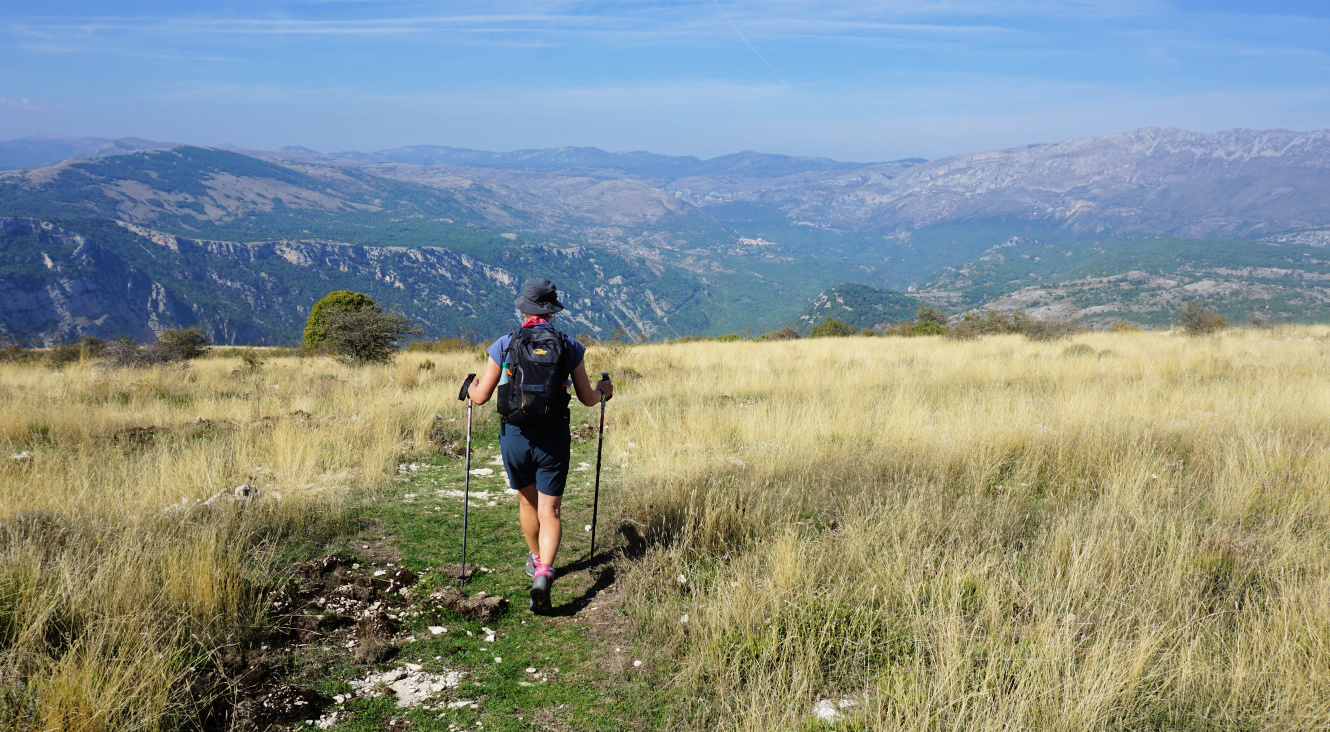
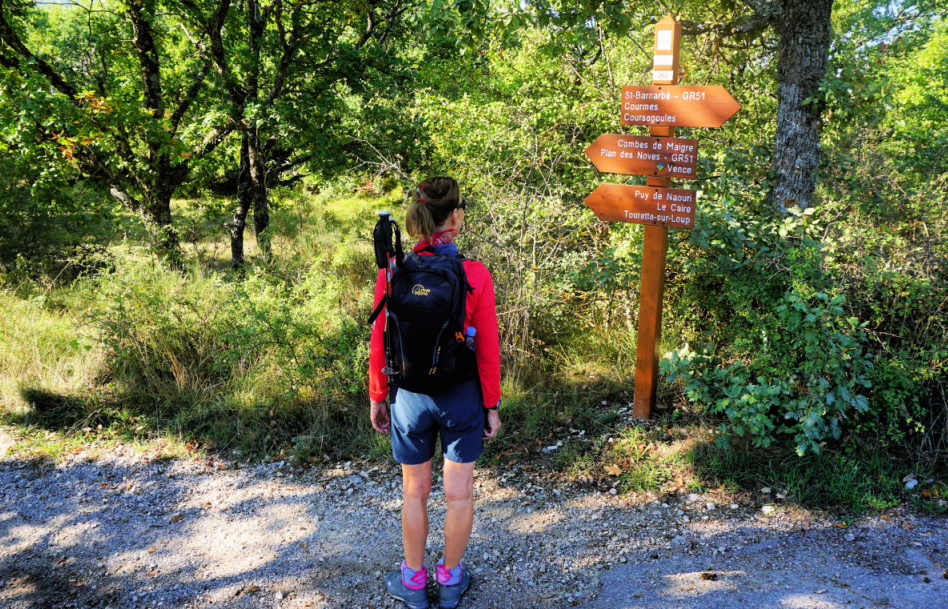
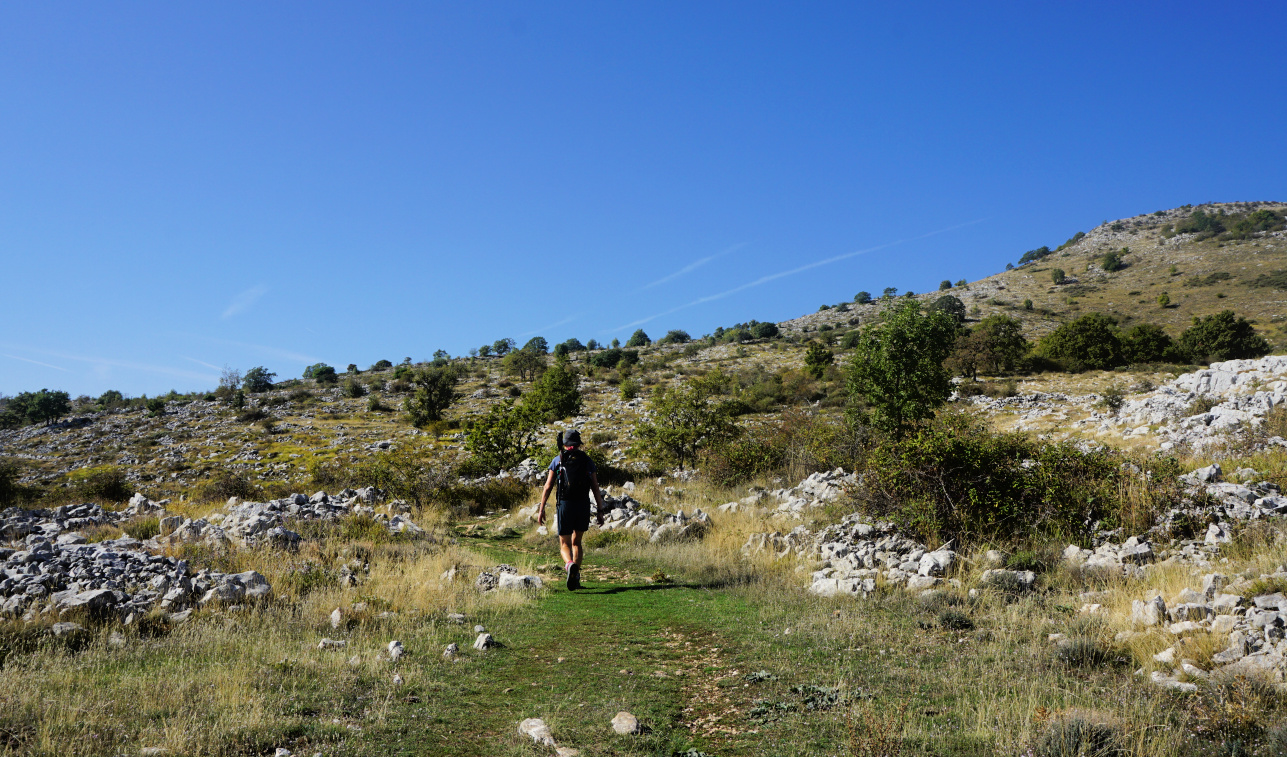

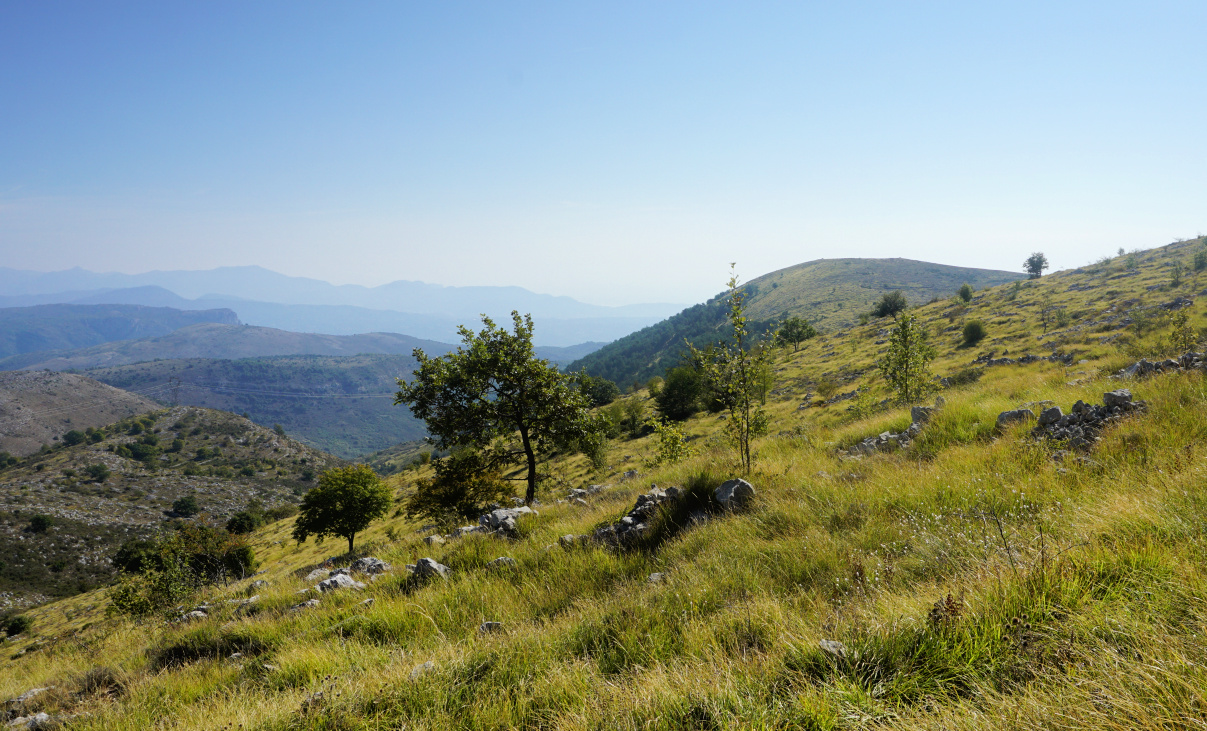

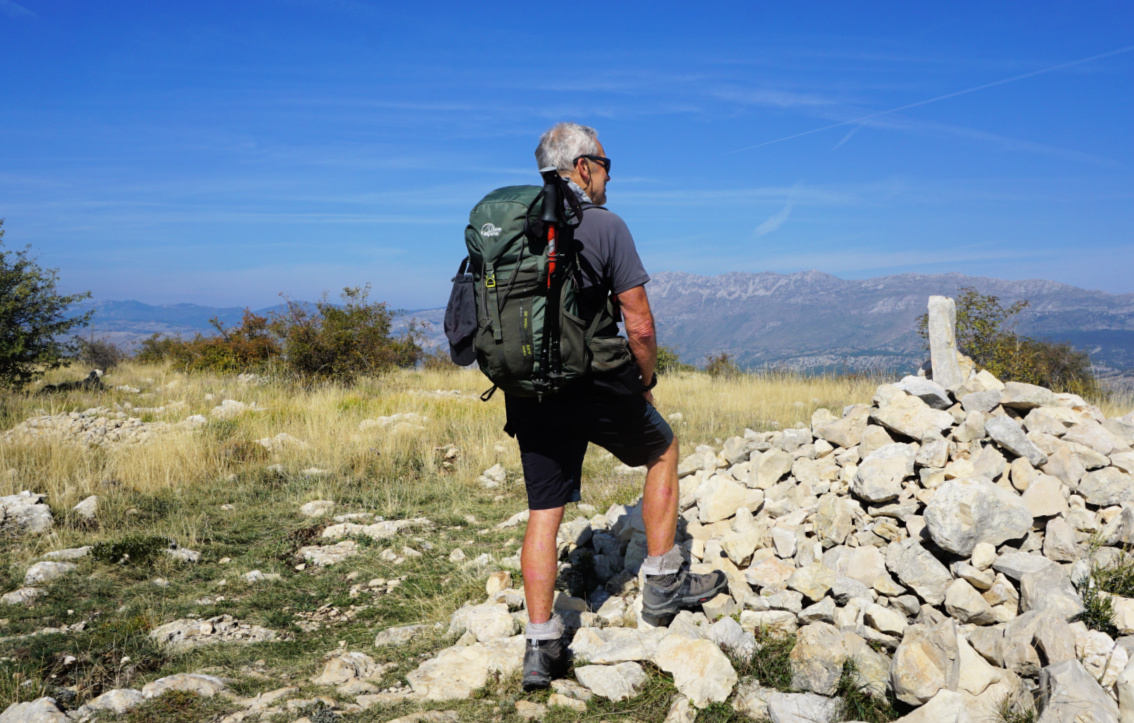


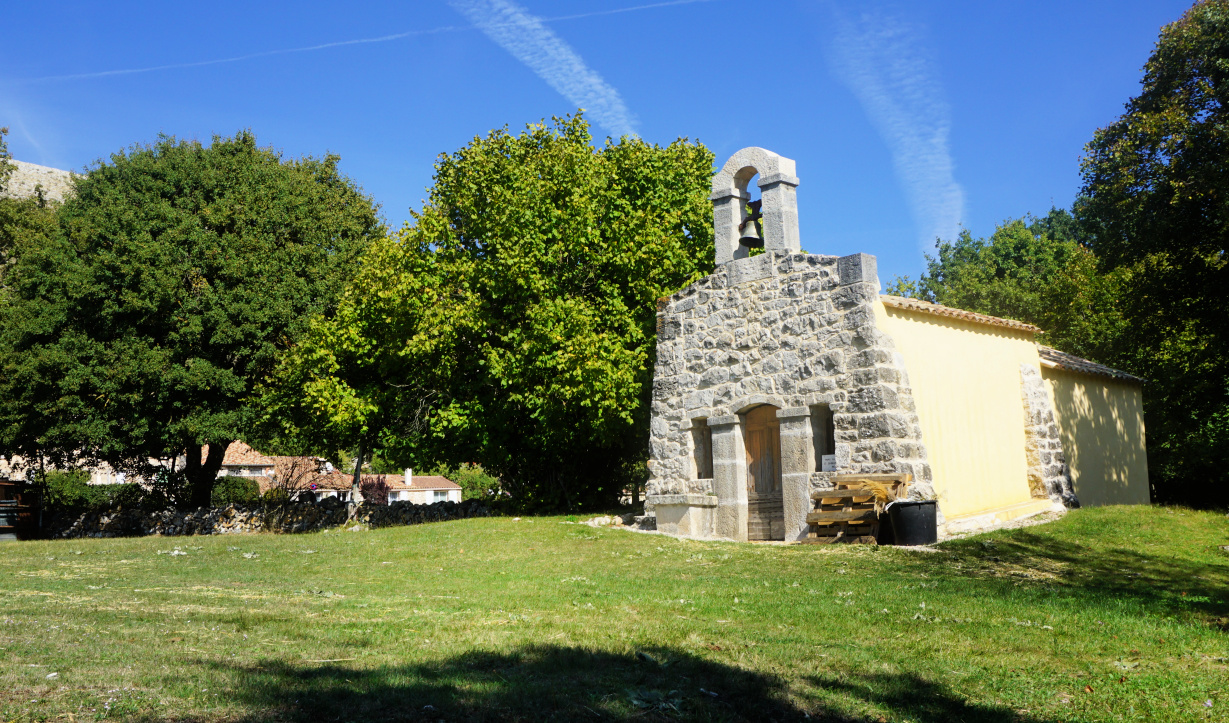
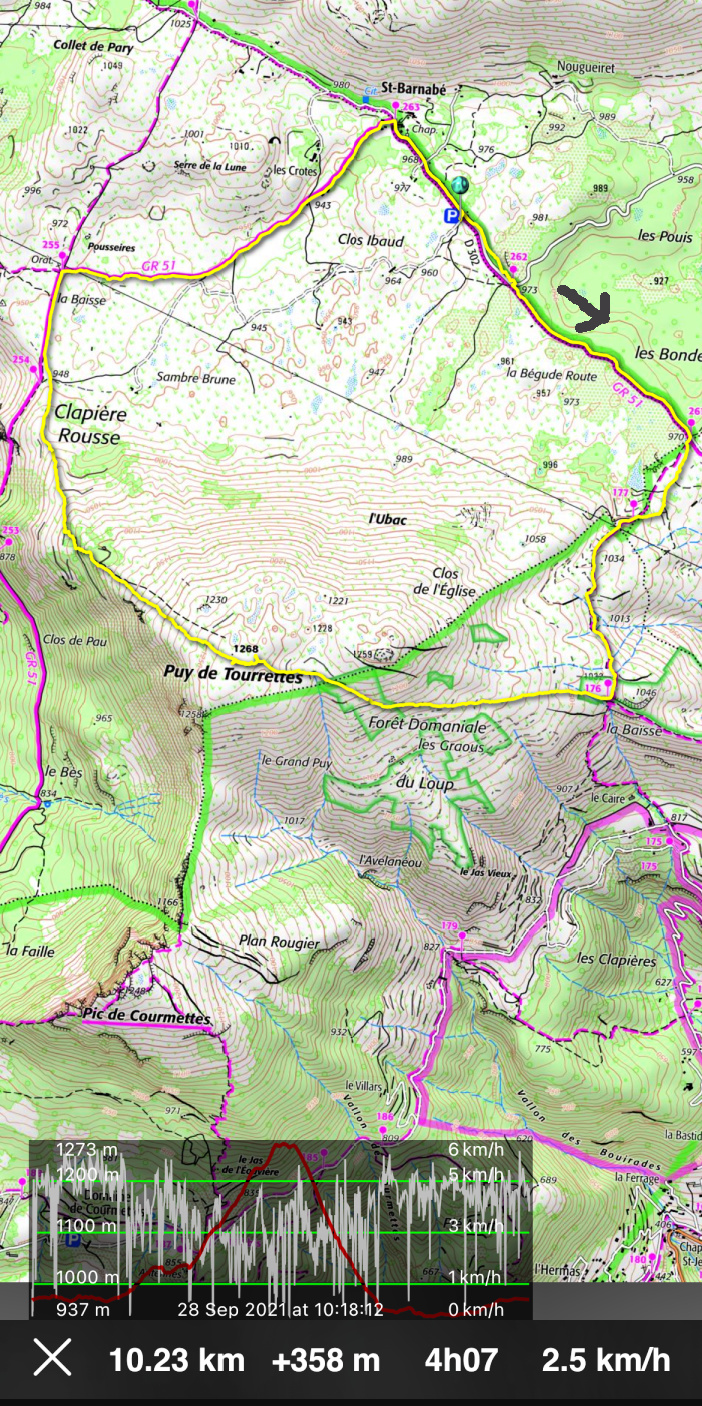




0 comments:
Note: only a member of this blog may post a comment.